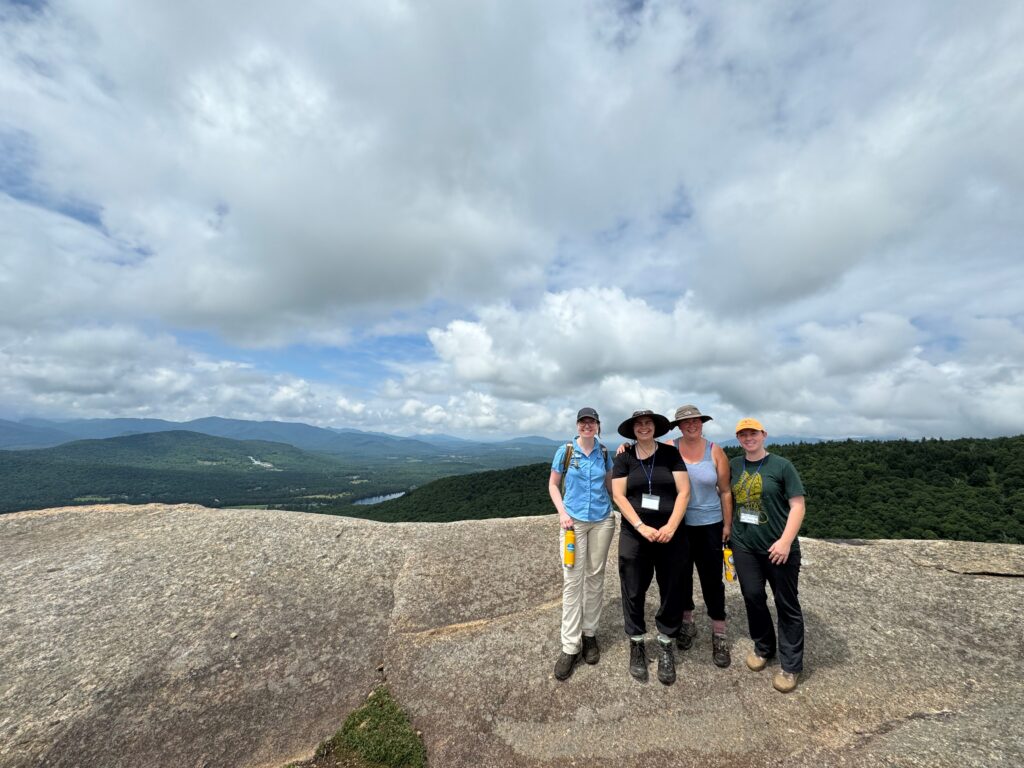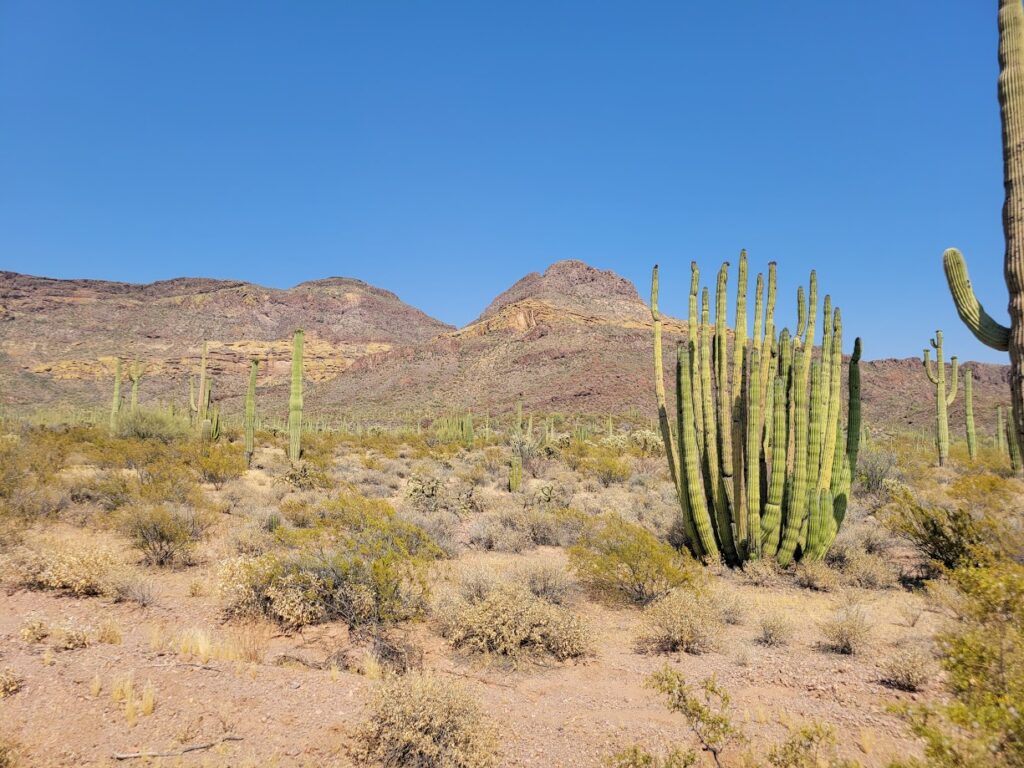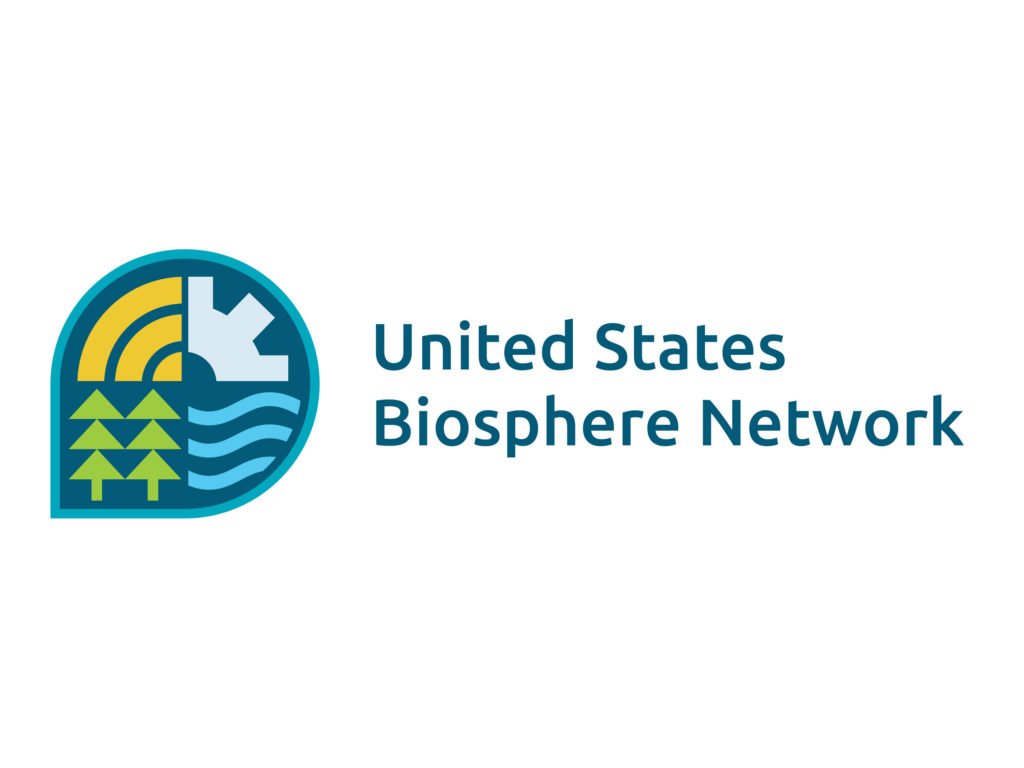The USBN-SEAS Team has been hard at work conducting field visits and research in many of the 28 biosphere regions throughout the U.S. this summer. From coast to coast, this dedicated team of of master’s students from the University of Michigan’s School for Environment and Sustainability (SEAS) spent their summer break advancing environmental conservation, sustainable economic development, and logistical support for the biosphere regions.
Mary Kolleth and Alaina Smith traveled to the Champlain-Adirondack Biosphere Region this July, meeting with partners, steering committee members, and local youth. During their visit, flooding from Hurricane Beryl made climate and flood resilience a key topic among their interviews. Youth were at the center of many biosphere programs as the target audience and leaders.
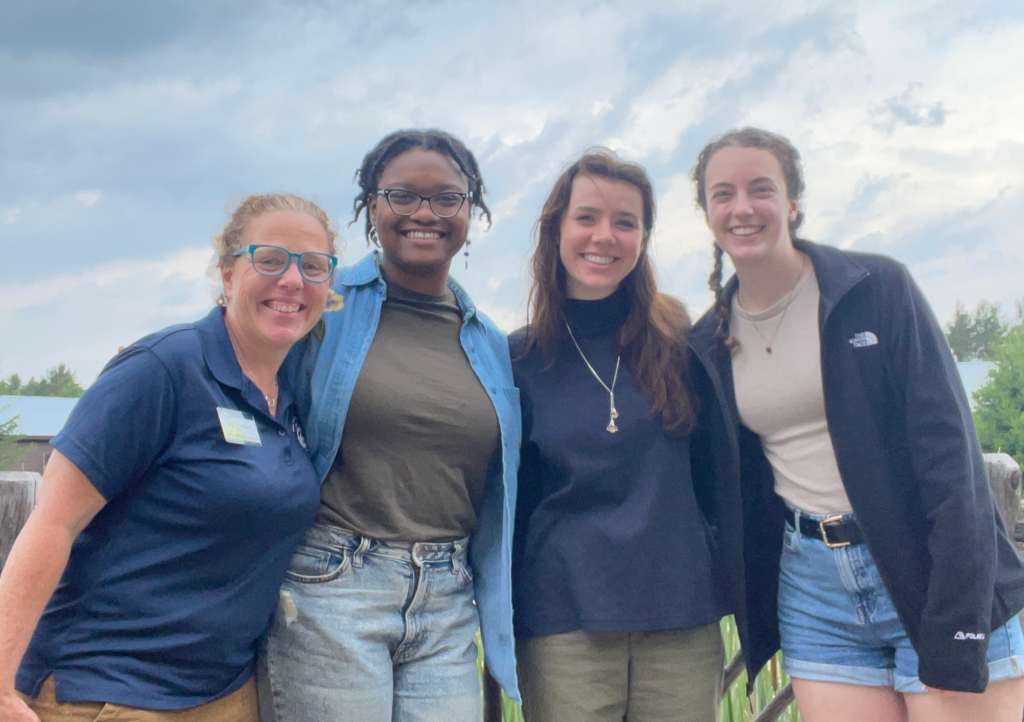
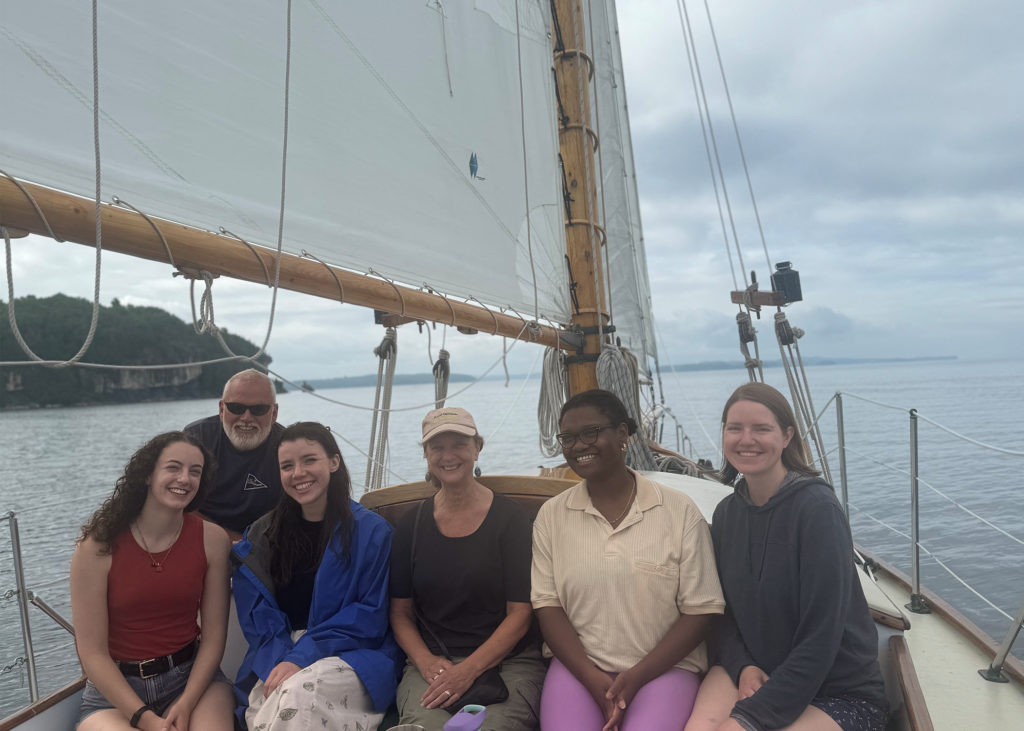
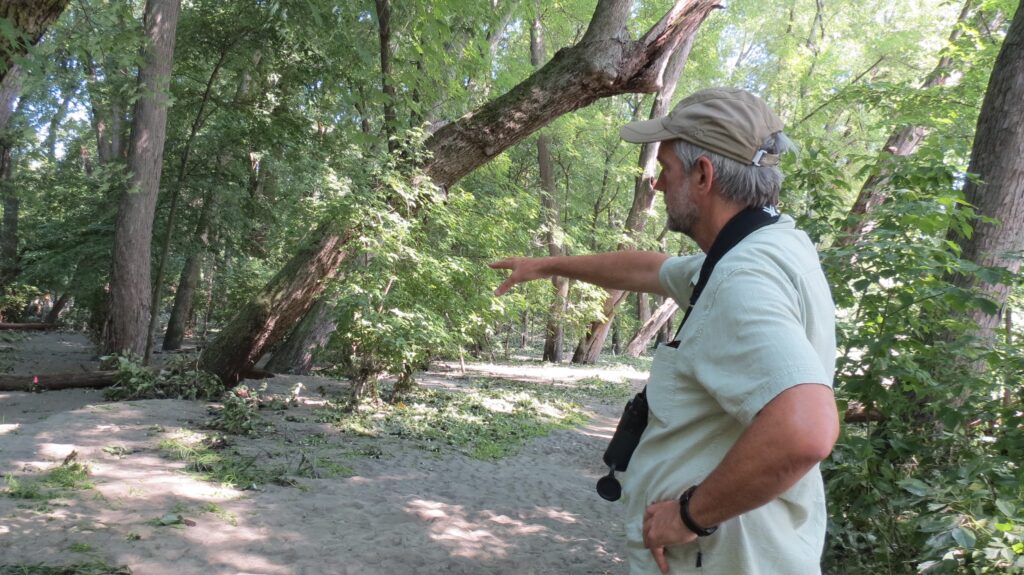
Sean Skinner met with partners from the National Park Service, Center for Protected Area Management at Colorado State University, and local community members in the Rocky Mountain Biosphere Region (RMBR) this June. Wildlife ecotourism is a major draw for visitors to the RMBR and during his visit, Sean was able to witness elk migrating to higher elevations to feed on tundra vegetation.
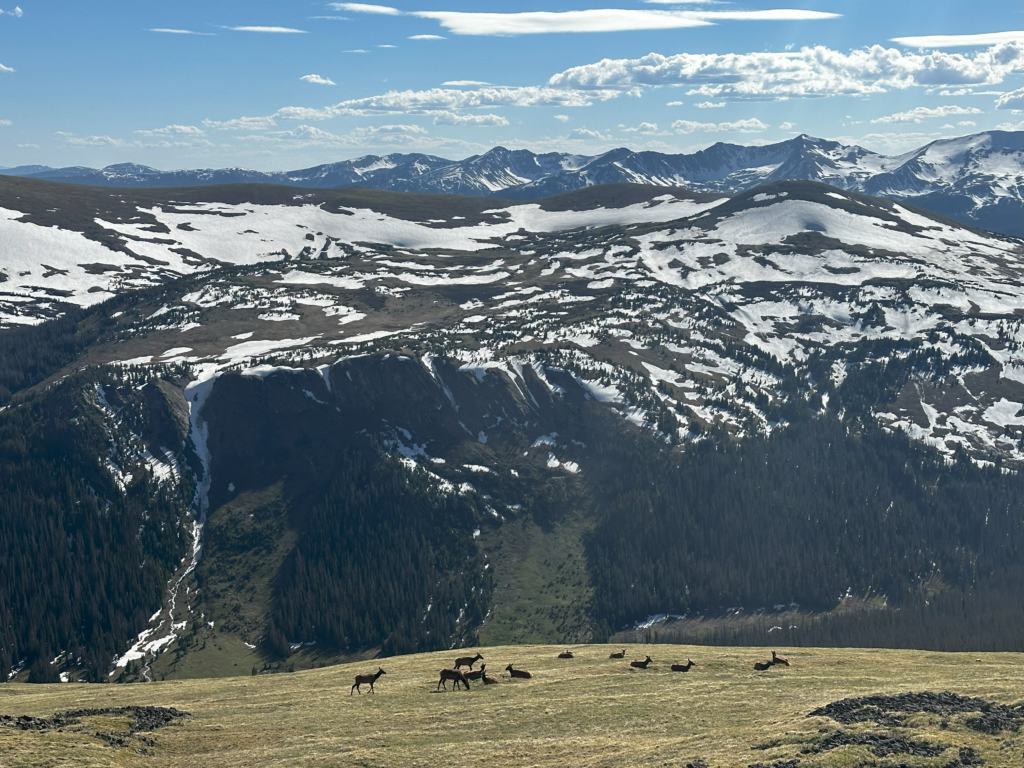
Sam Kocurek visited the Golden Gate Biosphere Region this June, meeting with Partners from the National Park Service, the Presidio, Stanford University (Jasper Preserve), Greater Farallones National Marine Sanctuary, and more. Sam saw much of the ecological restoration in the region ranging from a native plant nursery at Fort Cronkhite that partners with the local community all the way to the Crissy Field remediation at the Presidio. He found kindness and caring for the environment to be close to the heart of partners working with Golden Gate Biosphere Network.
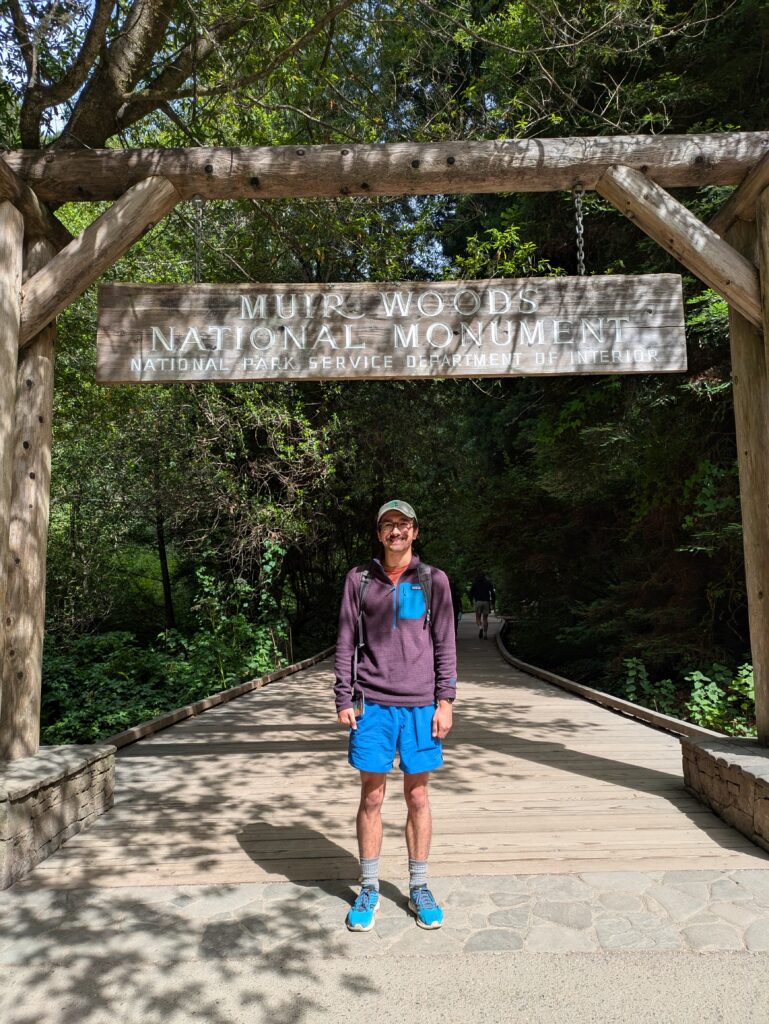
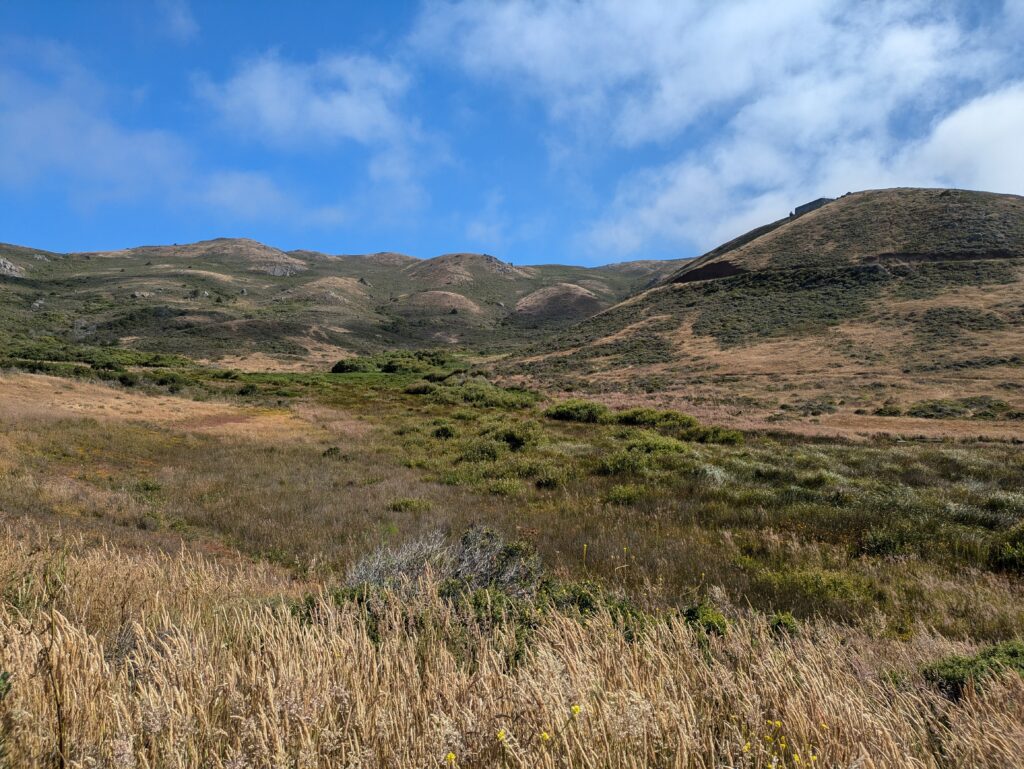
Craig Reiley and Sarah Davis participated in the Art on the Beach event during their visit to the Cascade Head Biosphere Region. The theme of this collaborative community art project was “Migration” and featured sand art depictions of migratory animals local to Cascade Head.
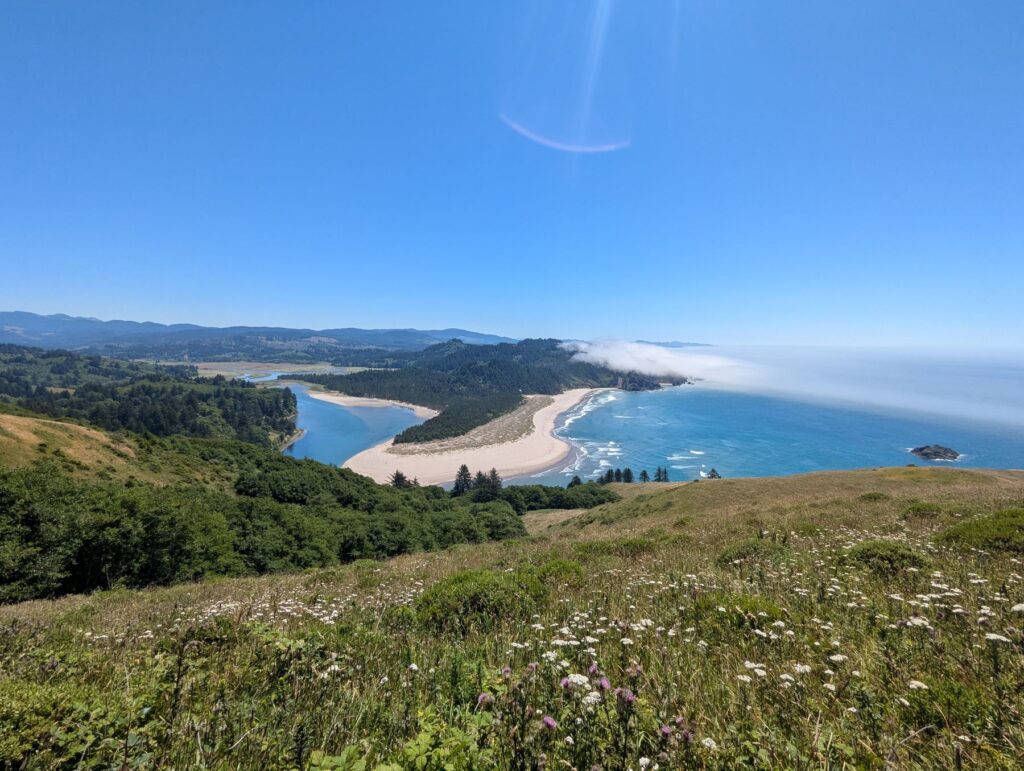
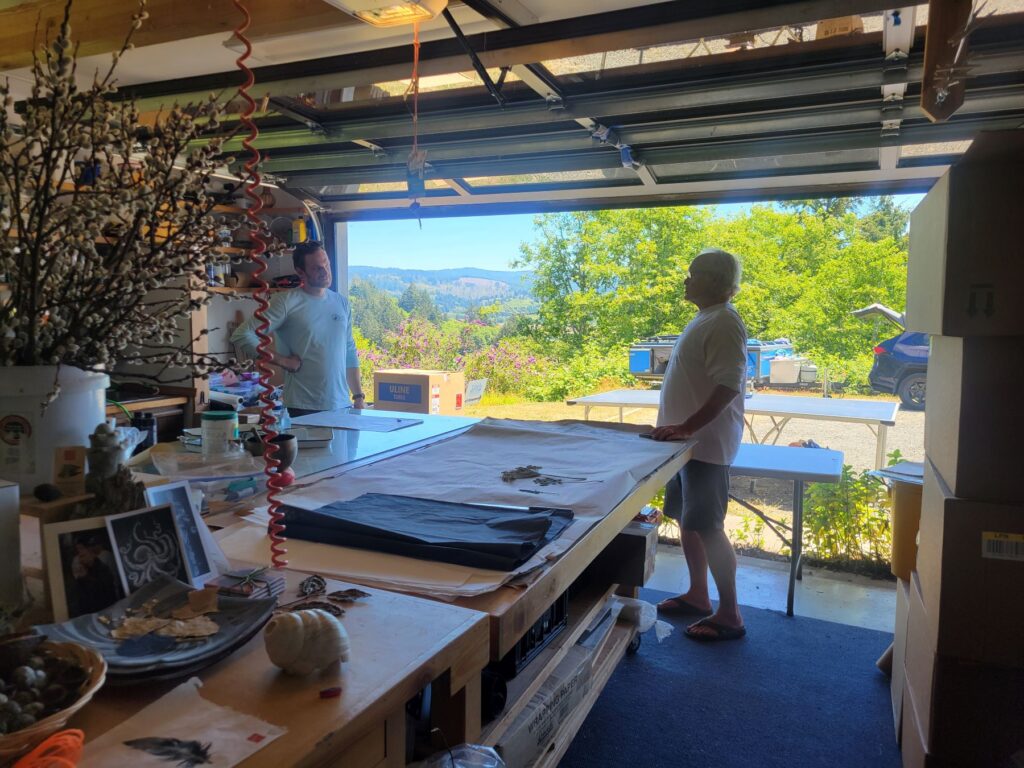
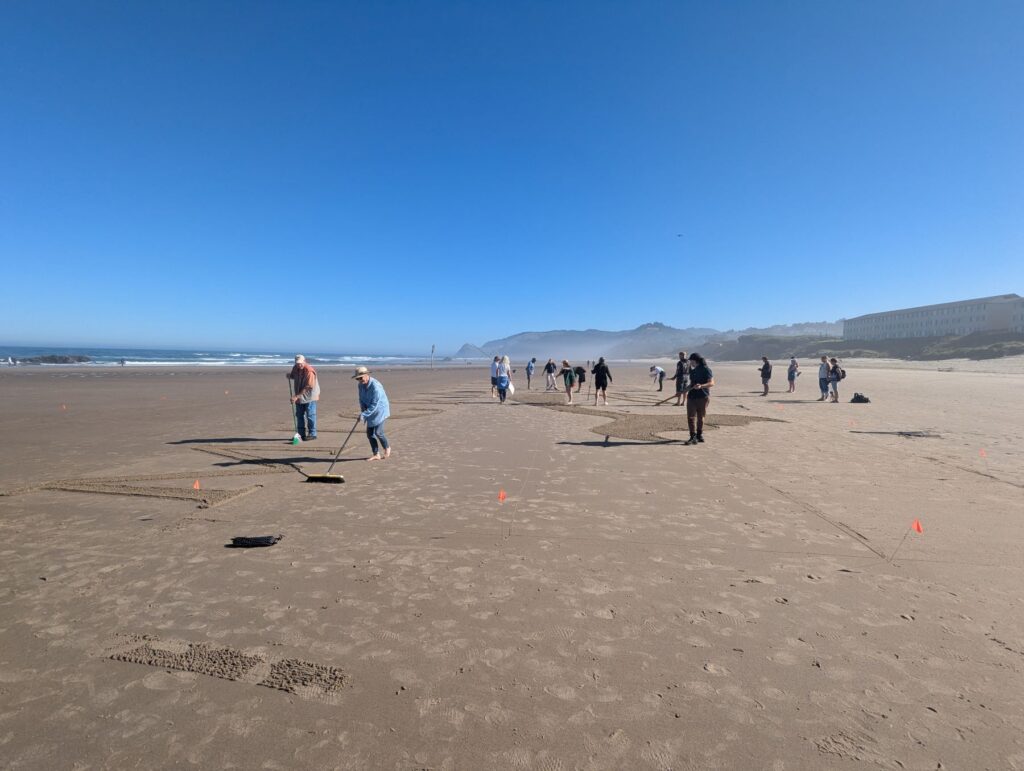
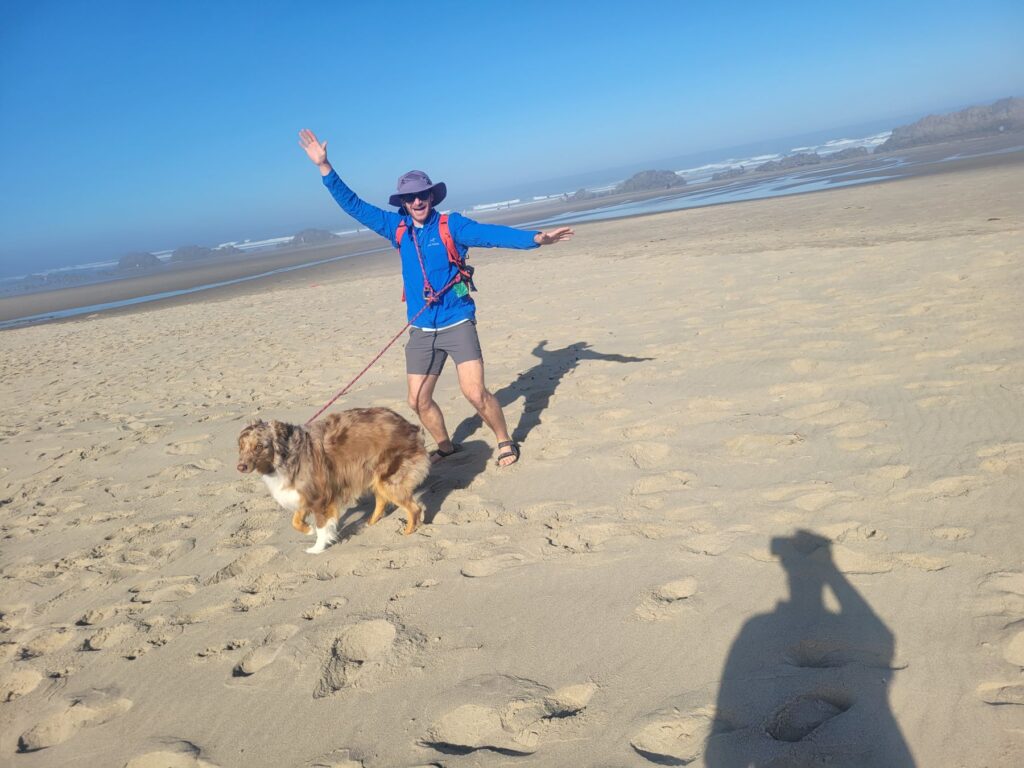
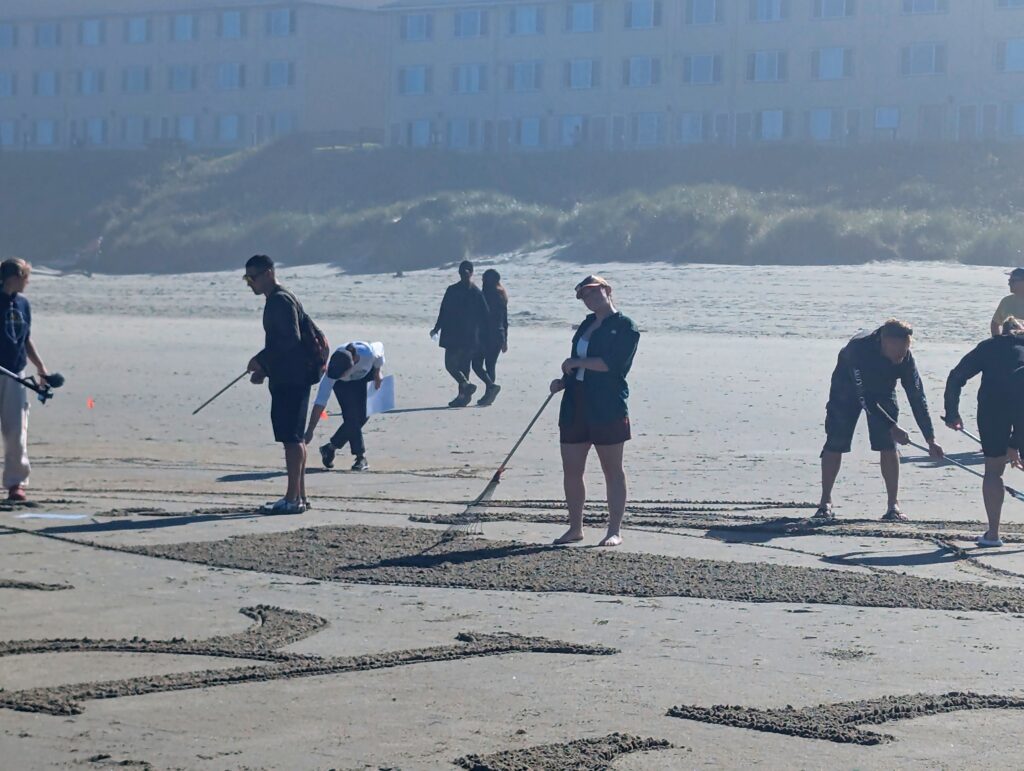
Sarah also visited New York, Arizona and Southern California and spent time interacting with partner organizations in the Sonoran Desert Biosphere Region (SDBR), the Mojave – Colorado Deserts Biosphere Region (MCDBR), and the Champlain-Adirondack Biosphere Region (CABR). Sarah has been participating in MCDBR virtual meetings. She assisted with The Wild Center’s Youth Climate Connections Retreat which brought together students from the CABR and the Frontenac Arch Biosphere Region in Ontario, Canada to explore climate change and climate action through shared ecological and social connections.
